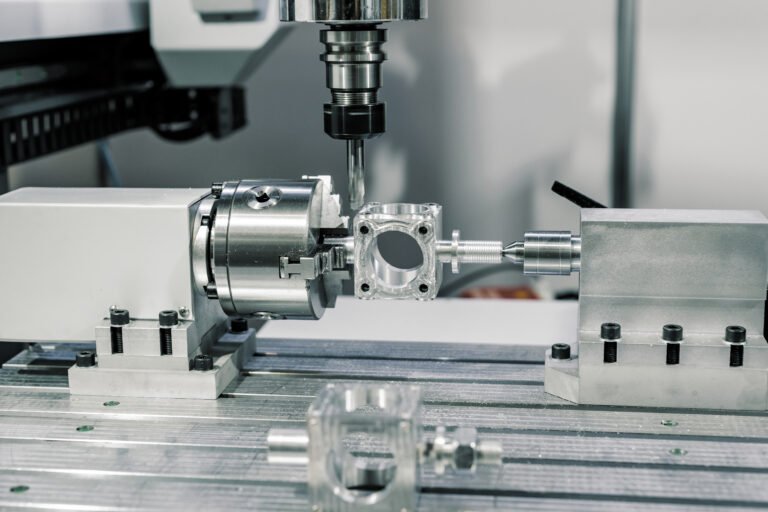A client once rejected a batch—he said our parts bent too soon. I checked. The yield strength didn’t match what he expected.
Yield strength shows when metal starts to bend. Tensile strength shows when it breaks. You need both to design and buy the right machined parts.
This knowledge affects everything—material choice, pricing, safety. I’ll explain what I learned by making mistakes and asking engineers.
How to calculate yield strength from tensile strength?
When I first sourced turned parts, I thought high tensile strength meant high yield strength. That’s not always true.
You can estimate yield strength as a percentage of tensile strength—usually around 60% to 80%, depending on the material.
Not all materials follow the same ratio. Here's what I learned:
| Material | Typical Yield/Tensile Ratio | Example (MPa) |
|---|---|---|
| Mild Steel | ~60% | YS: 250 / TS: 400 |
| Stainless Steel 304 | ~65–70% | YS: 215 / TS: 505 |
| Aluminum 6061-T6 | ~85% | YS: 276 / TS: 310 |
| Brass | ~70% | YS: 200 / TS: 300 |
These ratios help if you only have one value. But I always ask for certified mechanical test data.
I also learned: processes like heat treatment or cold work change the ratio. Don’t rely only on formulas—always test if precision matters.
What is 500 MPa yield strength steel?
A German buyer once asked for 500 MPa YS parts. I knew the term but not the real meaning until I checked specs.
Steel with 500 MPa yield strength can handle 500 megapascals of stress before it starts to deform permanently.
This strength class is common in structural and automotive parts.
Some common steels in this range:
| Grade | Yield Strength (MPa) | Common Use |
|---|---|---|
| S355 (EN standard) | ~500 | Structural beams, frameworks |
| 42CrMo4 | ~500–650 | Automotive shafts, machine parts |
| A514 (US) | ~550–690 | Heavy structures, trailers |
I tell my customers: always match the strength to the application. For example, bolts may need high tensile strength, but brackets need good yield strength to avoid bending.
Also, be careful. Some suppliers mix yield and tensile numbers in certificates. Always check units and descriptions.
What percentage of tensile strength is yield strength?
This confused me for a long time. Different metals behave differently.
Yield strength is usually 60% to 90% of tensile strength, depending on the material’s elasticity and structure.
To make it easier, I now use this guide:
| Metal Type | Yield as % of Tensile | Notes |
|---|---|---|
| Soft Steel | ~60% | Large gap—more elastic |
| Hardened Steel | ~75% | Less elastic, closer to brittle |
| Aluminum Alloys | ~85–90% | Short plastic range |
| Copper Alloys | ~70% | Work hardens easily |
Why is this important? Because parts may bend far before they break. I once saw a customer reject pins that didn’t break—but bent too early. We had used metal with high tensile but low yield. Wrong choice.
Now I ask for both numbers before quoting.
Which is more important, yield strength or tensile strength?
Customers often ask this when deciding material. I say: it depends on the part's job.
Yield strength matters more for parts that must not deform. Tensile strength matters more if parts must not break under load.
Here’s how I decide which strength matters more:
| Part Type | Key Strength Focus | Reason |
|---|---|---|
| Shafts, pins | Yield Strength | Bending must not happen |
| Bolts, screws | Tensile Strength | Need to resist pulling force |
| Brackets | Yield Strength | Must not bend under load |
| Springs | Both | Needs flexibility but no breakage |
I also learned from engineers: tensile strength includes the necking phase. That’s post-deformation. But yield strength is the design limit—when the part changes shape permanently.
That’s why in precision parts, especially machined ones, yield strength is the safer measure.
Conclusion
Yield strength tells you when parts bend. Tensile strength tells you when they break. For machined parts, knowing both helps you avoid failures and win customer trust.


